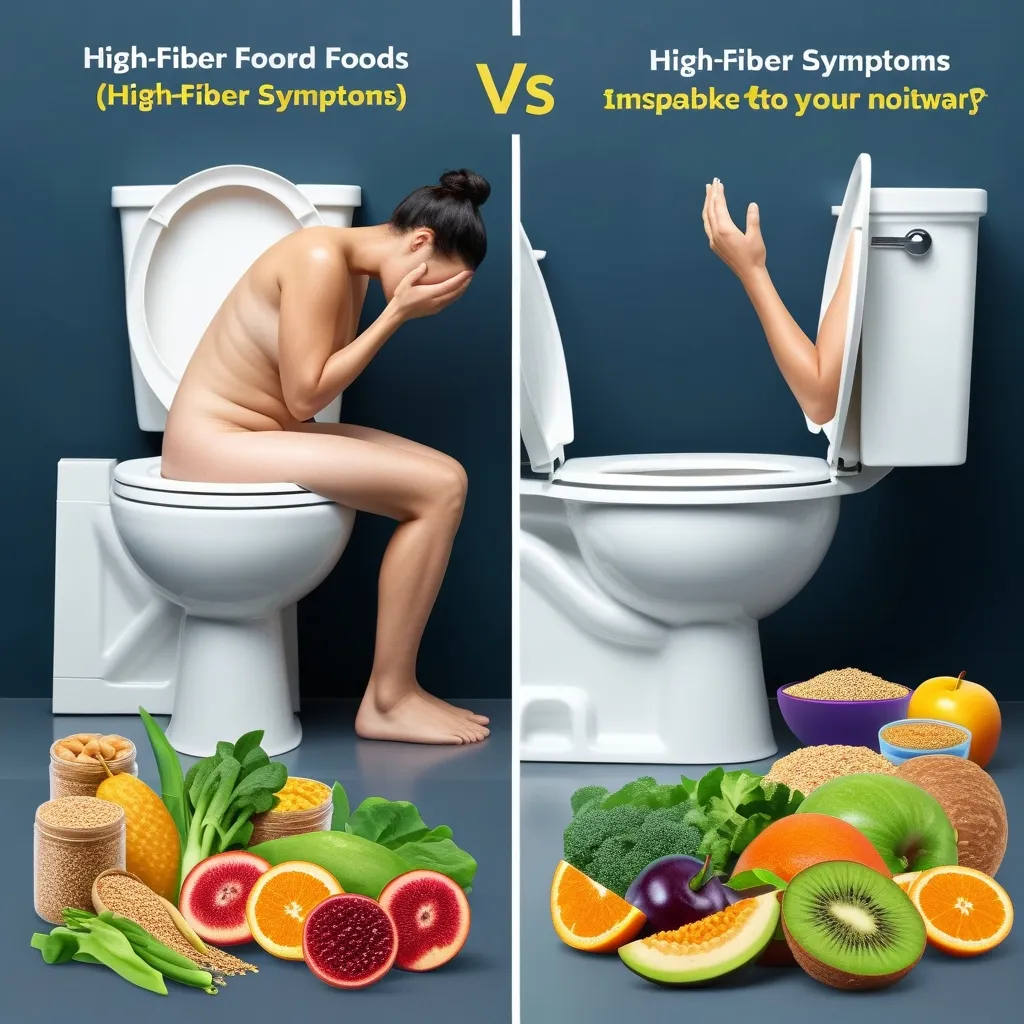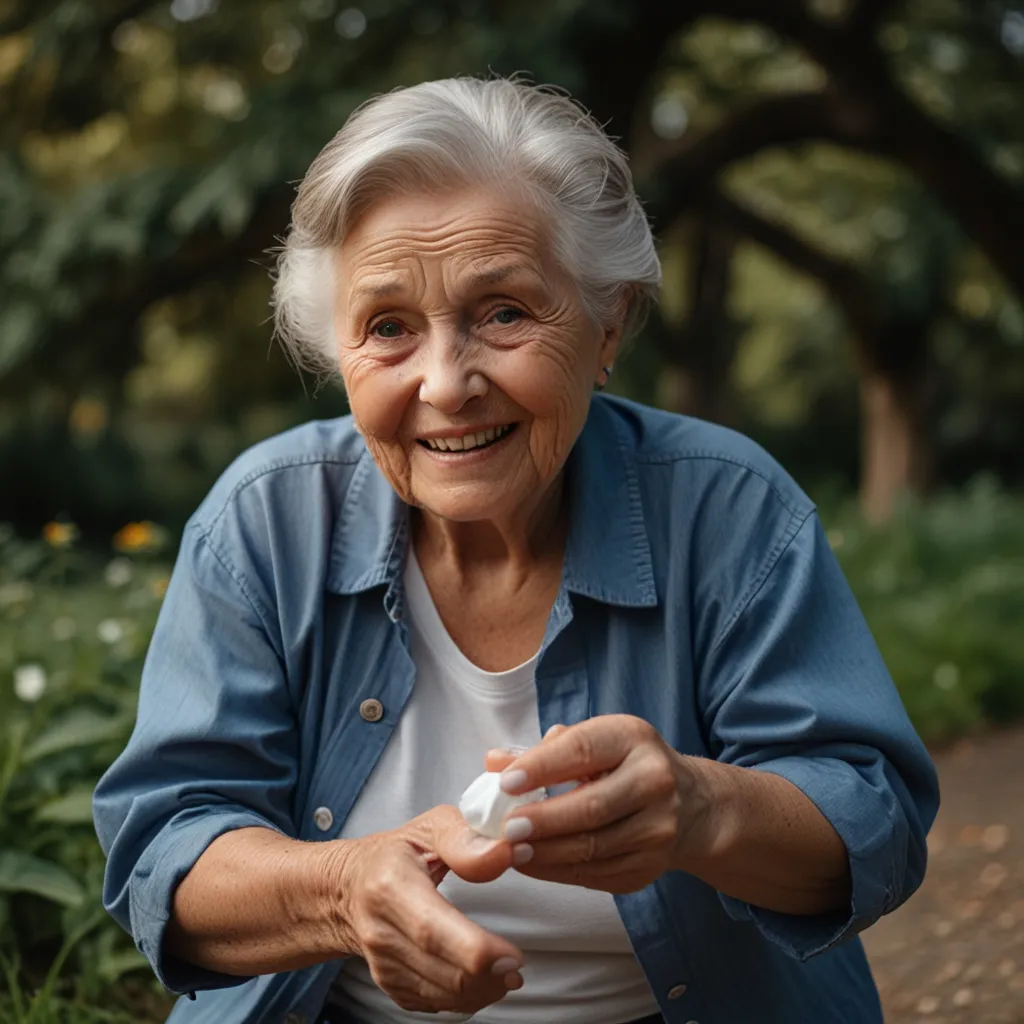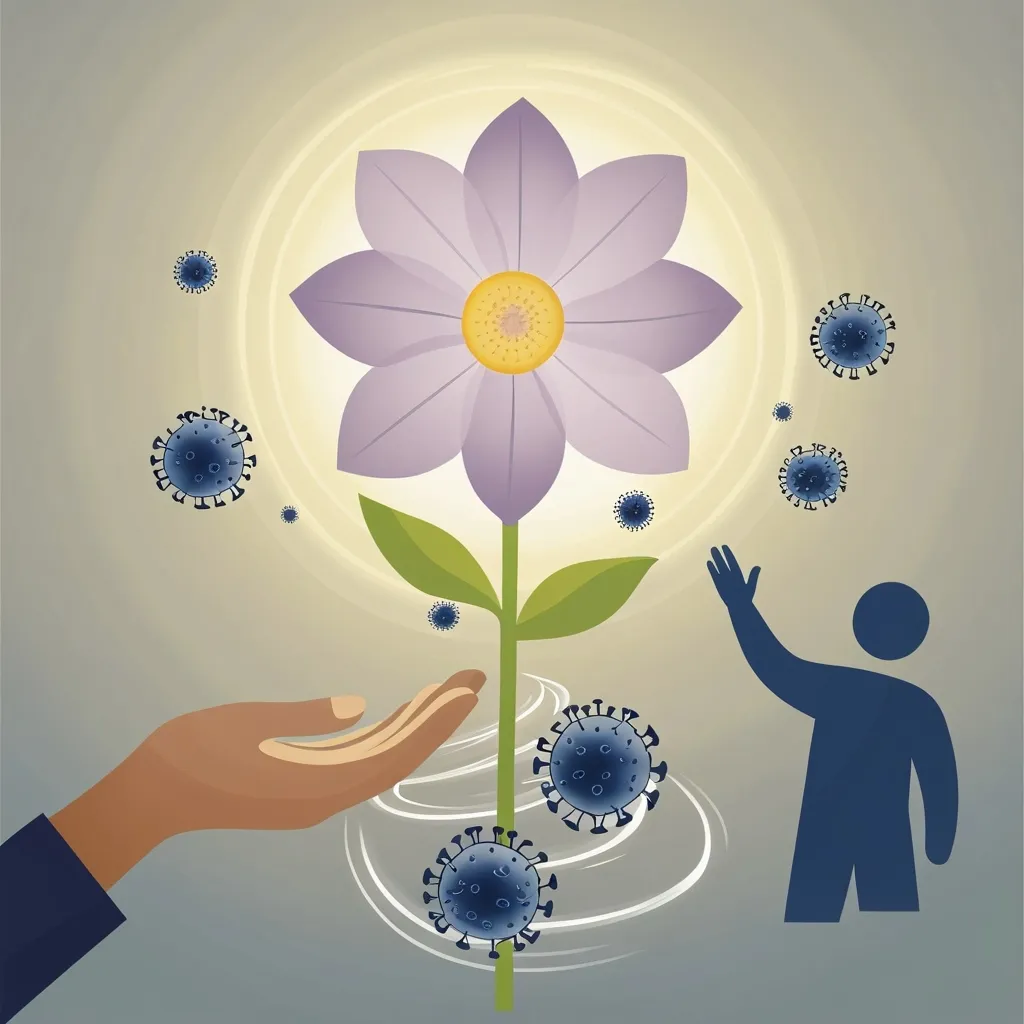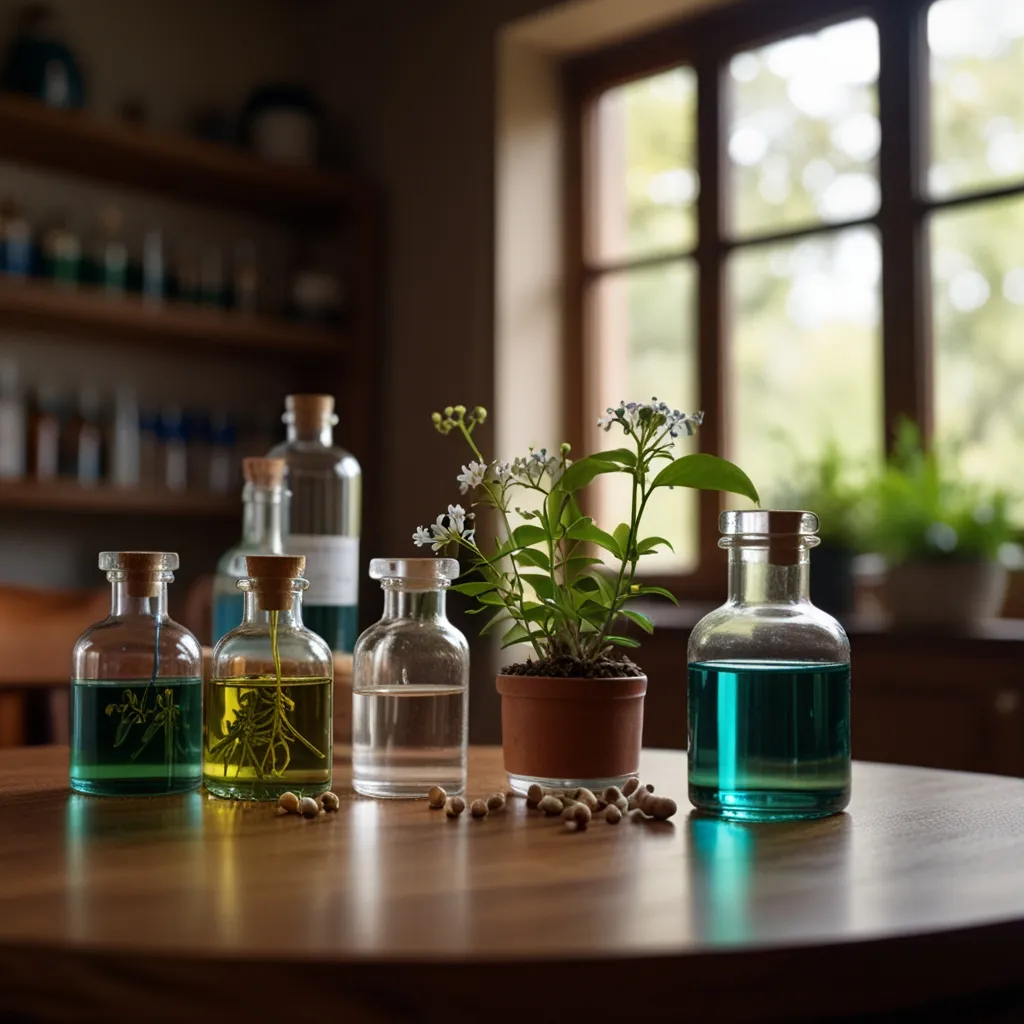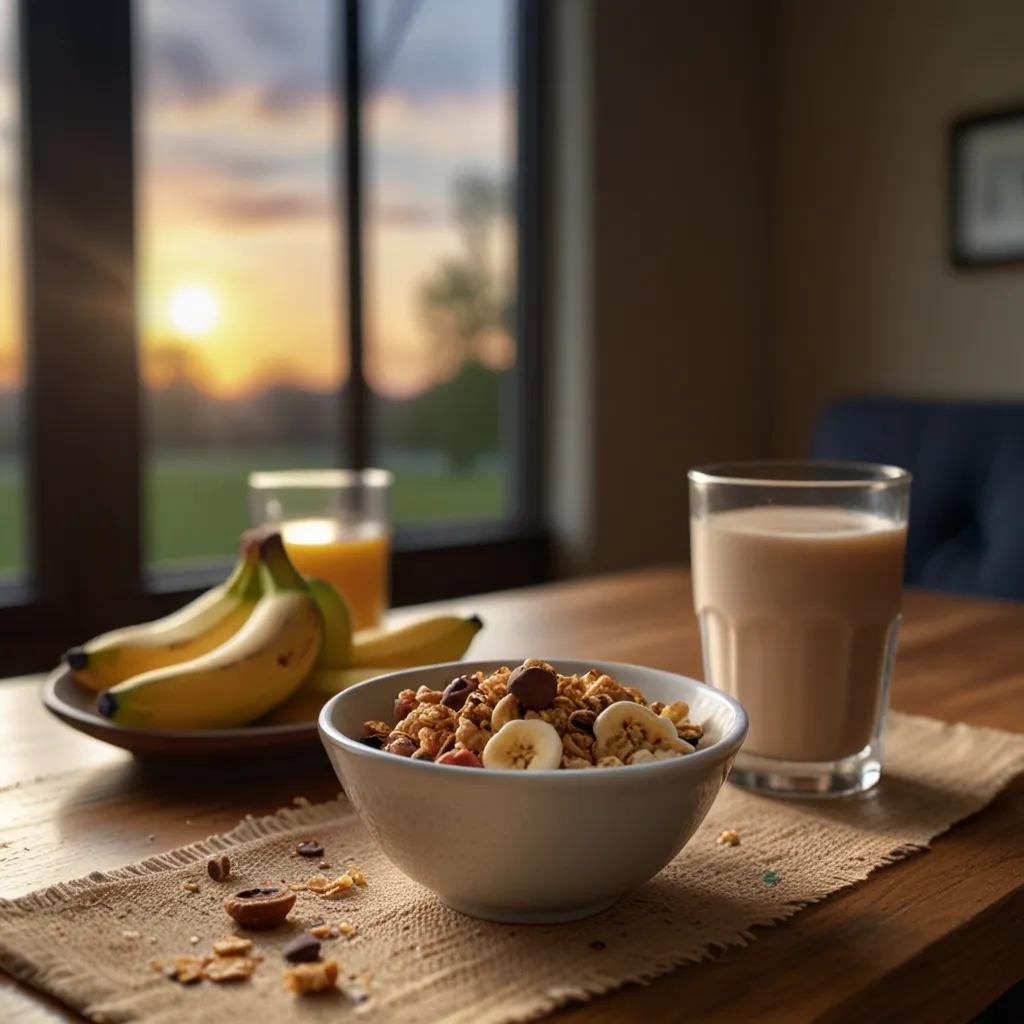Tackling Hemorrhoids: Causes, Symptoms, and Solutions
Hemorrhoids are a fairly common issue, impacting millions around the globe. These swollen veins in the anus or lower rectum can cause quite the discomfort, especially when you’re doing your business. But no worries, understanding their causes, symptoms, and treatments can go a long way in managing and preventing them.
Hemorrhoids are often the result of increased pressure on the veins in the rectal area. Straining too much during bowel movements due to constipation or chronic diarrhea is a big culprit. Pregnancy can also put extra stress down there as the weight of the growing baby adds to the pressure. And, let’s face it, sitting for too long—whether it’s work-related or those extended toilet breaks—doesn’t help either. There’s also the risk factor of being overweight, regularly lifting heavy objects, and having a family history of hemorrhoids.
The symptoms you experience depend on whether your hemorrhoids are internal or external. Internal hemorrhoids, found inside the rectum, are usually painless but can cause a bit of bleeding during bowel movements. You’ll likely notice bright red blood on your toilet paper or in the bowl. Sometimes, these internal hemorrhoids can prolapse, poking out of the anal opening and causing some annoying pain and irritation.
External hemorrhoids, on the other hand, are located under the skin around the anus. These can bring about itching, irritation, pain, and swelling. If a blood clot forms in one of these external hemorrhoids, it can become intensely painful and inflamed, forming a hard, discolored lump near the anus.
To diagnose hemorrhoids, healthcare providers often just need a good look at the area for external ones. For internal hemorrhoids, they might perform a digital rectal exam or use tools like an anoscope or sigmoidoscope. Sometimes, a colonoscopy might be conducted to rule out other conditions with similar symptoms.
When it comes to treatment, the goal is to reduce symptoms and ease the discomfort. Home treatments are typically the first line of defense. Drinking more water can soften those hard stools and make things easier down there. Adding more fiber to your diet—think fruits, veggies, and whole grains—can help too. If your diet lacks enough fiber, supplements like psyllium or methylcellulose might be beneficial.
Sitz baths can also provide some relief. Just sit in warm water for about 10 to 15 minutes to alleviate pain and itching. Ice packs or cold compresses on the affected area can also help reduce swelling and ease the pain.
For those who want something more direct, over-the-counter creams and ointments can reduce itching, discomfort, and swelling. Corticosteroid creams like hydrocortisone are good for reducing inflammation. Creams with zinc oxide or witch hazel offer temporary relief from the itching and irritation. For pain relief, lidocaine-based creams or suppositories act as local anesthetics.
If home treatments aren’t cutting it, medical procedures might be necessary. Rubber band ligation involves placing a rubber band around the base of an internal hemorrhoid, cutting off its blood supply and causing it to shrink and fall off. Sclerotherapy involves injecting a solution that shrinks the hemorrhoid. Electrical coagulation uses infrared light to burn hemorrhoid tissues off. In severe cases, more intensive surgery like a hemorrhoidectomy or hemorrhoidopexy may be required to permanently remove them.
Prevention is the best approach when dealing with hemorrhoids. Eating a high-fiber diet with plenty of fruits, veggies, and whole grains can help soften stools, reducing the need to strain. Staying hydrated by drinking lots of water also keeps the stools soft and easy to pass. Limiting the time you spend sitting—especially on the toilet—reduces pressure on the rectal veins. Regular exercise can improve bowel movements and reduce the risk of constipation. If you can, avoid lifting heavy objects, but if you must, do it carefully to avoid adding stress to the rectal veins.
While hemorrhoids aren’t usually a major health issue, they can lead to complications if ignored. Chronic bleeding from internal hemorrhoids can result in iron deficiency anemia, which is where your body doesn’t have enough healthy red blood cells to carry oxygen around. In rare cases, an internal hemorrhoid’s blood supply can be cut off, leading to a strangulated hemorrhoid that is extremely painful and may need surgery.
It’s important to seek medical help if you experience severe pain, significant bleeding during bowel movements, prolapse that doesn’t go back inside, or if your symptoms don’t improve with home treatments after a week.
In summary, hemorrhoids are a common issue but manageable with the right treatments and lifestyle changes. Understanding what causes them, recognizing the symptoms, and taking preventive measures can reduce your risk. If symptoms persist or become severe, consult a healthcare provider for a proper diagnosis and treatment plan.
